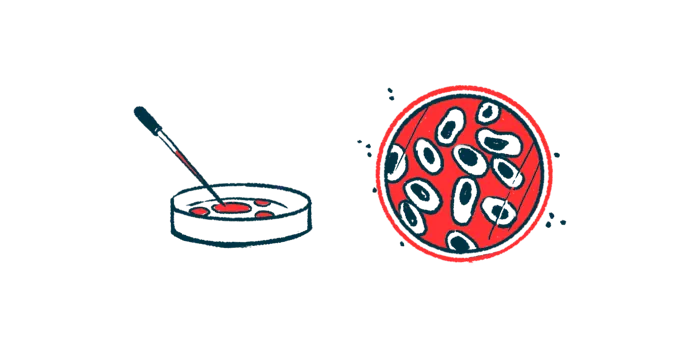
Breakthrough Discovery: How a New Cell Pathway Could Fight ALS by Preventing TDP-43 Aggregation
2025-04-29
Author: Nur
A Game-Changing Finding Against ALS
In a groundbreaking study, researchers have uncovered a cellular pathway that may hold the key to preventing the dangerous clumping of TDP-43 proteins, a phenomenon linked to nerve cell damage in nearly all individuals suffering from amyotrophic lateral sclerosis (ALS). The potential implications of this discovery could pave the way for revolutionary ALS therapies.
What is TDP-43 and Why Does It Matter?
TDP-43 is a vital protein responsible for processing certain RNA molecules within the nucleus of our cells, the hub for genetic material. However, in ALS, a mutated form of TDP-43 builds up in the cytoplasm—the fluid surrounding the nucleus. This accumulation disrupts cellular functions, ultimately leading to the death of motor neurons, which control voluntary movements. Disturbingly, TDP-43 aggregation is also seen in other neurodegenerative diseases like Alzheimer's and frontotemporal dementia.
Promising Results from Innovative Research
Dr. Stefan Müller, a professor at Goethe University and leading author of the study published in *Nature Chemical Biology*, stated, “Our cell culture experiments provide a first proof-of-principle: this pathway can help cells limit disease-promoting TDP-43 aggregates.” While the journey to develop an effective ALS treatment remains lengthy, Müller encourages the pursuit of this innovative approach.
Understanding Stress Granules and Their Impact
Under stress, TDP-43 is released from the nucleus and temporarily clusters in the cytoplasm as part of stress granules—dense clusters of proteins and RNA formed to help the cell cope with distress. Once the stress subsides, these granules are supposed to disband. However, in ALS, mutated TDP-43 can cause these granules to solidify over time, leading to irreversible neuronal damage.
The Incredible Role of SUMO2 in Curbing Aggregation
In earlier research, scientists noted that TDP-43 undergoes modifications involving the SUMO2 protein in response to cellular stress. The recent study took this a step further by genetically fusing TDP-43 with SUMO2, creating variants that could reduce aggregation.
Testing these fusion proteins under stress conditions revealed remarkable results: while 80% of unmodified TDP-43 clumped up under heat stress, less than 10% of the modified forms clumped. This indicates that SUMO2 plays a critical role in keeping TDP-43 soluble and functional.


 Brasil (PT)
Brasil (PT)
 Canada (EN)
Canada (EN)
 Chile (ES)
Chile (ES)
 Česko (CS)
Česko (CS)
 대한민국 (KO)
대한민국 (KO)
 España (ES)
España (ES)
 France (FR)
France (FR)
 Hong Kong (EN)
Hong Kong (EN)
 Italia (IT)
Italia (IT)
 日本 (JA)
日本 (JA)
 Magyarország (HU)
Magyarország (HU)
 Norge (NO)
Norge (NO)
 Polska (PL)
Polska (PL)
 Schweiz (DE)
Schweiz (DE)
 Singapore (EN)
Singapore (EN)
 Sverige (SV)
Sverige (SV)
 Suomi (FI)
Suomi (FI)
 Türkiye (TR)
Türkiye (TR)
 الإمارات العربية المتحدة (AR)
الإمارات العربية المتحدة (AR)